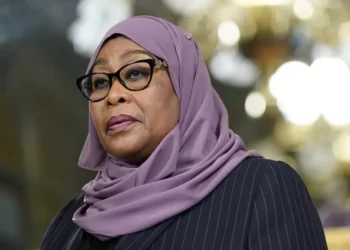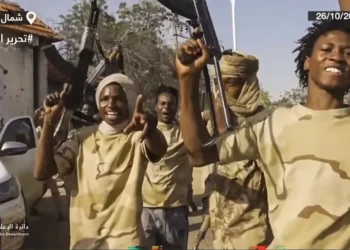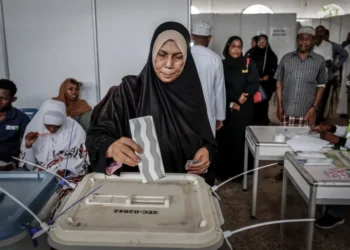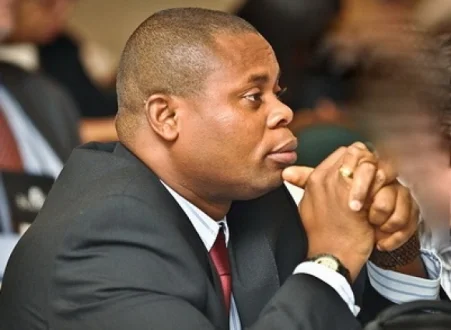A horrifying surge of violence has swept across Sudan’s North Kordofan state, leaving nearly 300 civilians dead in what activists are calling one of the most brutal episodes in the country’s ongoing civil war.
According to the Sudanese human rights group Emergency Lawyers, the paramilitary Rapid Support Forces (RSF) carried out coordinated assaults on villages near the city of Bara, which remains under RSF control. The group reported that in Shag Alnom alone, more than 200 people were either shot or burned alive during a wave of arson attacks.
Another 38 lives were lost in looting raids on neighboring villages, with dozens more still unaccounted for. The death toll continues to rise as the scale of the devastation becomes clearer.
The RSF’s rampage underscores the growing instability in North Kordofan, which has become one of the bloodiest battlegrounds in Sudan’s civil war. Fighting erupted in April 2023 between the Sudanese Armed Forces (SAF) and their former ally, the RSF, plunging the nation into what humanitarian officials describe as one of the worst crises on the planet today.
Since the conflict began, tens of thousands have been killed, and more than 13 million people have been forced to flee their homes. Entire communities have been wiped out, and a once-fragile national infrastructure has crumbled under the weight of near-constant violence.
Aid Workers Warn Of Deepening Crisis
The UN Office for the Coordination of Humanitarian Affairs (OCHA) has issued a warning, noting that escalating violence, mass displacement, and now heavy rains are worsening conditions for Sudan’s besieged civilian population.
OCHA reports growing alarm over the intensifying fighting in El Fasher, the capital of North Darfur state, where recent clashes between SAF and RSF forces have led to civilian casualties, particularly in the southwestern and eastern districts.
“The situation remains highly volatile and unpredictable, with a serious risk of renewed violence, as well as further displacement and disruption of humanitarian operations, which are already under severe strain.”
UN Office for the Coordination of Humanitarian Affairs
Humanitarian access is being further obstructed by torrential rainfall in West and Central Darfur. Flooded roads and deteriorating conditions are making it increasingly difficult for aid workers to reach those in desperate need. With the rainy season expected to last until October, the challenges are expected to worsen.
“With the rainy season continuing through October, the risk of floods, access constraints, and disease outbreaks is growing – especially during this critical lean season, a time between harvests when food stocks traditionally run low.”
UN Office for the Coordination of Humanitarian Affairs
Amid the chaos, a glimmer of hope is emerging in West Darfur. Displaced families are beginning to return to their farms in small but steady numbers. According to local authorities, returnees have been arriving from Chad to three localities, Sirba, Jebel Moon, and Kulbus, with about 40 people coming into Kulbus each day. Over the past week, 300 individuals have returned.
However, the scale of the crisis remains staggering. OCHA estimates that more than 30 million people, over half of Sudan’s population, will require urgent aid and protection this year alone. Human rights organizations and international relief agencies are pleading for the global community to act before the situation spirals further out of control.
“Without urgent and coordinated international intervention, civilians will remain at the mercy of intensifying attacks and humanitarian collapse,” warned one humanitarian agency spokesperson.
OCHA has renewed its call for all warring parties to guarantee “safe and unimpeded access to all people in need” and urged international donors to increase their support dramatically.
READ ALSO: GSE Defies Low Turnover with Strong Index Growth and Billion-Cedi Market Cap























